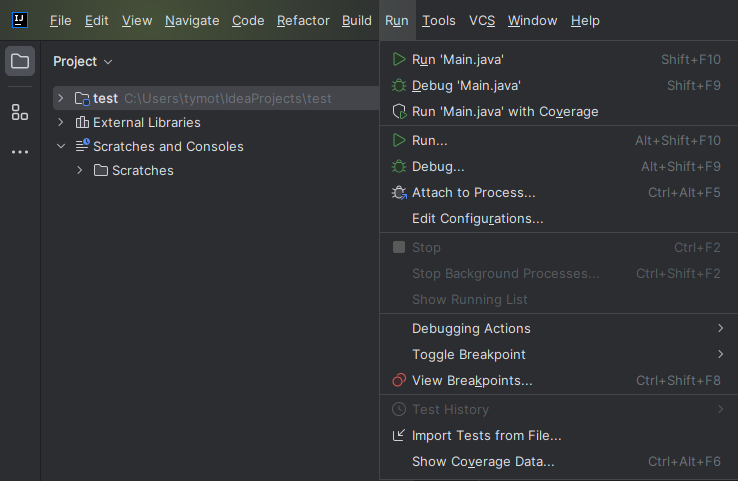Introduction
Java is a widely used, cross-platform programming language known for its portability and robustness. It enables developers to write code that can run on any device with a Java Virtual Machine (JVM), making it highly versatile. Java is extensively used in web applications, enterprise software, mobile applications (especially Android), and large systems development. It supports object-oriented programming. Java is known for its “write once, run anywhere” capability, which means compiled Java code can run on all platforms that support Java without recompilation. Java is a compiled and interpreted, high-level, statically typed, and general-purpose language. It has a rich set of APIs and a large ecosystem of libraries and frameworks. The extension of a Java file is .java.
IntelliJ IDEA is one of the most popular IDEs (Integrated Development Environment) for Java development. You can download it from this website (select the free Community Edition). Additionally, you'll need to install a JDK (Java Development Kit). IntelliJ features a single-window interface, and program results are displayed at the bottom of the screen after clicking Run / Run. To create a new file, navigate to File / New File and enter the file name. For a new project (which can include multiple .java files), select File / New Project. If you've closed a project and want to reopen it, click on the project name in the left-side tab and expand it. All projects and their files are stored here: C:\Users\[username]\IdeaProjects\.

